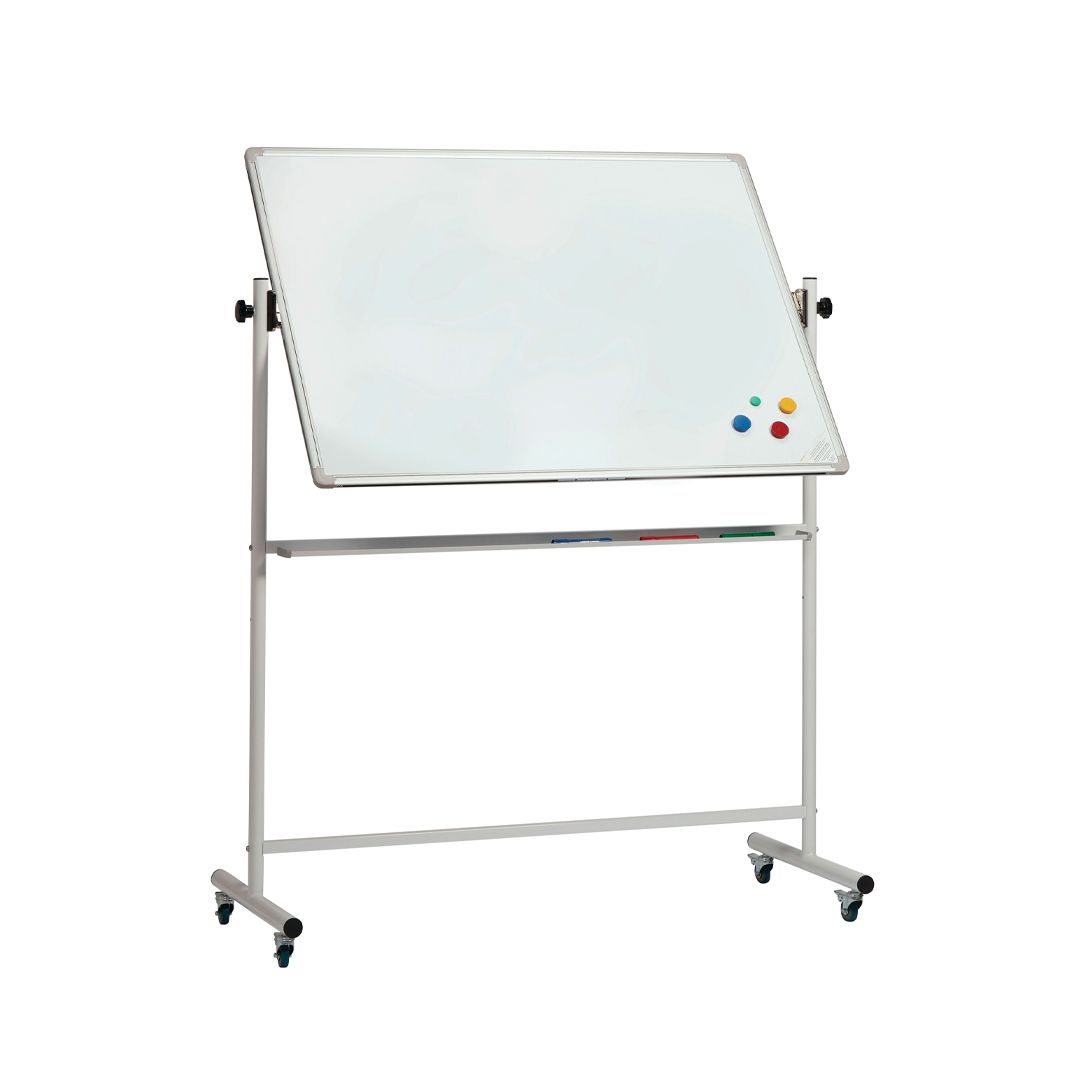How Visual Learning Aids Memory Retention
In the dynamic landscape of education and cognitive science, the role of visual aids, particularly whiteboards, in enhancing memory retention has garnered significant attention. From classrooms to boardrooms, the simple act of visually representing information on a whiteboard has proven to be a powerful tool for learning and retention. In this blog post, we delve into the psychology behind why whiteboards are so effective in aiding memory retention and explore practical tips for maximising their potential.
Understanding Visual Learning
Visual learning is a cognitive process wherein information is absorbed and retained more effectively when presented visually. This method taps into the brain's natural inclination towards processing visual stimuli, leveraging mechanisms such as spatial memory and pattern recognition. Research in cognitive psychology suggests that visual representations facilitate deeper encoding of information, making it more likely to be stored in long-term memory.
The Power of Whiteboards
Whiteboards serve as a versatile canvas for visual learning, offering a blank space where ideas can be expressed, organised, and revisited. Unlike static text or verbal instruction, whiteboards allow for dynamic engagement, enabling learners to actively participate in the creation and manipulation of visual content. This hands-on approach stimulates multiple sensory modalities, leading to enhanced comprehension and retention.
Here are some key psychological mechanisms through which whiteboards aid memory retention.
-
Visualisation: The act of visually representing information on a whiteboard facilitates mental imagery, which is closely linked to memory recall. By drawing diagrams, charts, and graphs, learners create mental models that encode complex concepts in a more accessible format.
-
Spatial Organisation: Whiteboards offer a spatially rich environment where information can be organized hierarchically, chronologically, or thematically. This spatial arrangement helps learners establish meaningful connections between ideas, fostering a deeper understanding of the material.
-
Active Engagement: Interacting with a whiteboard promotes active learning, where learners are actively involved in the construction of knowledge. This hands-on approach encourages curiosity, experimentation, and problem-solving, all of which are conducive to memory consolidation.
-
Visual Feedback: Whiteboards provide immediate visual feedback, allowing learners to assess their understanding in real-time. Correcting errors, refining ideas, and building upon previous knowledge enhance metacognitive awareness, leading to more effective learning outcomes.
Practical Tips for Utilising Whiteboards Effectively: To harness the full potential of whiteboards for memory retention, consider implementing the following strategies:
- Encourage collaborative brainstorming sessions where individuals can contribute ideas and perspectives on the whiteboard.
- Incorporate color-coded diagrams and mind maps to visually represent complex relationships and concepts.
- Use mnemonic devices, such as acronyms and visual cues, to aid memory recall during revision sessions.
- Integrate multimedia elements, such as videos and images, to complement textual information and enhance engagement.
- Encourage students or team members to actively participate in whiteboard discussions by posing questions and soliciting feedback.

Shop Whiteboards
Whiteboards, ubiquitous in classrooms and offices alike, are more than just erasable surfaces; they're dynamic tools facilitating visual learning and collaboration. With their blank canvas, they invite creativity, organisation, and engagement, serving as catalysts for idea generation and knowledge retention. In this brief exploration, we delve into the psychology behind how whiteboards aid memory and enhance learning outcomes.
If you're part of the NHS or a school you can order via invoice.
Open our webchat to find out more
Contact our sales team to request a quote today. If you looking to order 5+ of the same item, we may be able to offer you a discount.
Open our webchat to request a quote today
Shopping
Contact
-
Display Boards Direct
-
6 Old Hall Barns
-
Thurston Road
-
Pakenham, Suffolk
-
IP31 2NG